
|
The earth didn't use to have the set of animals it currently has. We have passed two major extinctions of animal life in the history of our planet, losing almost 90% of all known life each time. The huge diversity of life proffered many shapes and sizes, among them some of the most terrifying animals you should be thankful you'll never encounter, such as... |
|
Argentavis magnificens - One of the largest flying birds ever known, possibly surpassed in wingspan only by the recently discovered Pelagornis sandersi. Sometimes called the Giant Teratorn, is an extinct species with an estimated wingspan of 7 meters (23 ft), about 1.5 meters (4.9 ft) tall, and with a mass of about 72 kg (159 lb). Source |
 |
|
Marsupial Lion - an extinct species of carnivorous marsupial mammal that lived in Australia 1,600,000–46,000 years ago.Individuals ranged up to around 75 cm (30 in) high at the shoulder and about 150 cm (59 in) from head to tail. Measurements taken from a number of specimens show they averaged 100 to 130 kg (220 to 290 lb) in weight although individuals heavier than 160 kg (350 lb) might not have been uncommon. This would make it comparable to female lions and tigers in general size, making it the largest meat-eating mammal known to have ever existed in Australia, and one of the largest marsupial carnivores from anywhere in the world. |
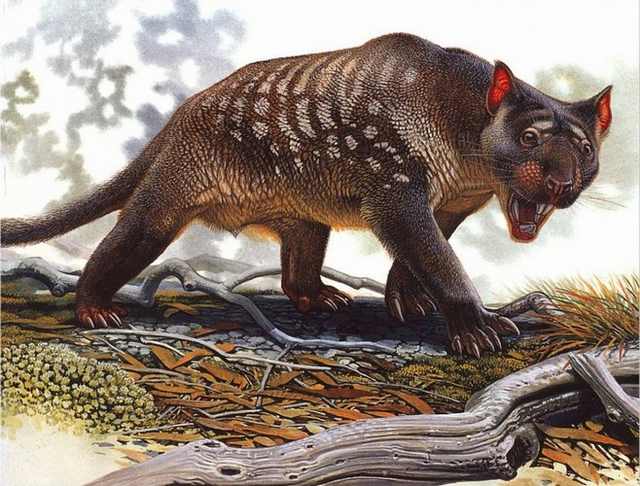 |
|
Arthropleura - A genus of extinct, 0.3–2.6 meter (1–8.5 feet) long millipede arthropods, lived 340 to 280 million years ago in what is now northeastern North America and Scotland. The larger species of the genus are the largest known land invertebrates of all time, and would have had few, if any predators. |
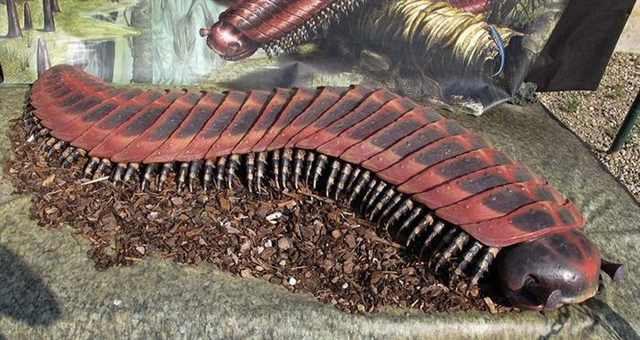 |
|
Jaekelopterus - At an estimated length of 2.5 metres (8 ft 2 in), it is one of the two largest arthropods ever discovered. Jaekelopterus lived approximately 390 million years ago. Although fossil has been called a "sea scorpion", the location in which it was found suggest that the living animal dwelled in fresh-water rivers and lakes, rather than in saltwater seas. The animal was described by Simon Braddy and Markus Poschmann - they found a 46-centimetre (18 in) claw-like mouth part, and estimated the total size of the animal based on the proportions of this claw. When extended, the claw would have added 1 meter (3 ft 3 in) to its length. |
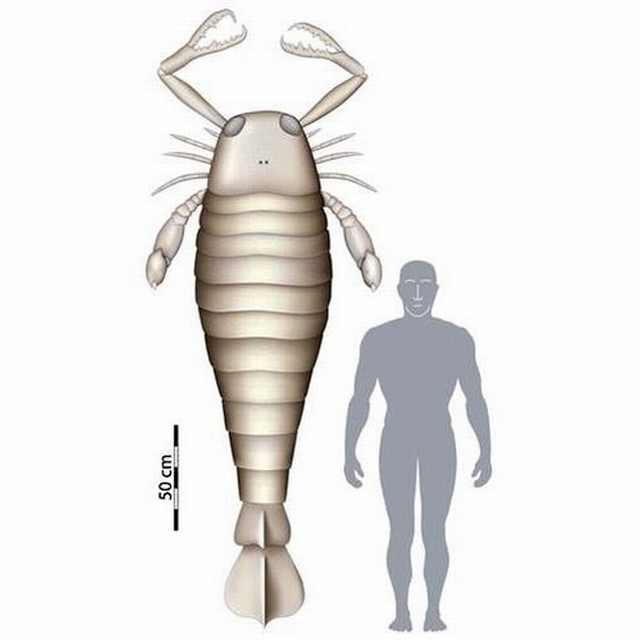 |
|
Quetzalcoatlus - A pterodactyloid pterosaur known from the Late Cretaceous of North America and one of the largest known flying animals of all time. When it was first discovered, scientists estimated that the largest Quetzalcoatlus fossils came from an individual with a wingspan as large as 15.9 meters (52 ft). More recent estimates based on greater knowledge of azhdarchid proportions place its wingspan at 10–11 meters (33–36 ft). |
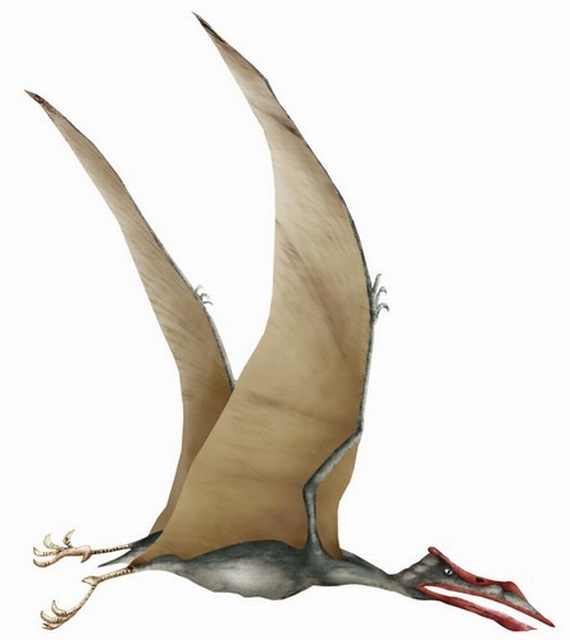 |
|
Smilodon - perhaps the best known saber-toothed cat and lived in North America 2.5 million - 10,000 years ago. The Smilodon was more robustly built than any modern cat, with particularly well-developed forelimbs and exceptionally long upper canines. Its jaw had a bigger gape than modern cats and its upper canines were slender and fragile, being adapted for precision killing. These attributes made Smilodon a specialized hunter of large herbivores, such as bison and camels. Its reliance on large animals may have been the cause of its extinction. |
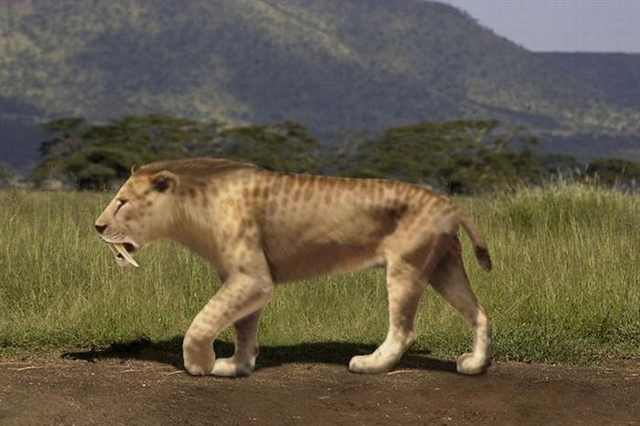 |
|
Gigantopithecus - (from the Ancient Greek "giant", and "ape") is an extinct genus of ape that existed from perhaps nine million years to as recently as one hundred thousand years ago, in what is now Nepal, China, India, and Vietnam, placing Gigantopithecus in the same time frame and geographical location as several hominid species. The fossil record suggests that individuals of the species Gigantopithecus blacki were the largest known apes that ever lived, standing up to 3 m (9.8 ft), and weighing up to 540 kg (1,190 lb). |
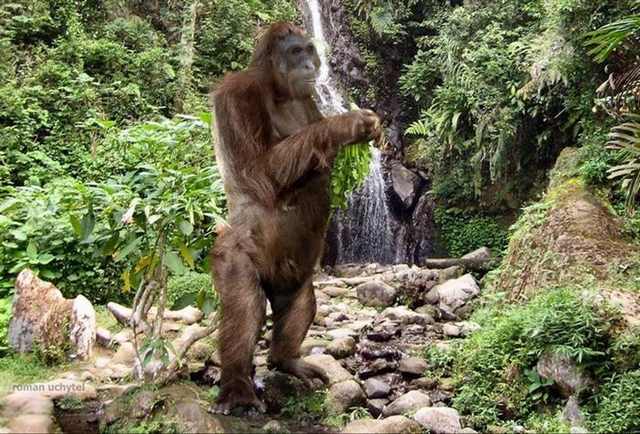 |
|
Titanoboa- is an extinct genus of snake that lived approximately 60–58 million years ago. By comparing the sizes and shapes of its fossilized vertebrae to those of extant snakes, researchers estimated that the largest individuals had a total length of around 12.8 m (42 ft) and weighed about 1,135 kg (2,500 lb; 1.1 long tons). |
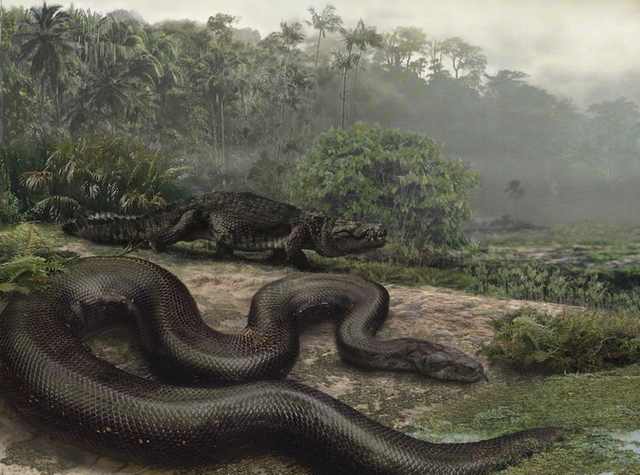 |
|
Arctotherium - an extinct genus of South American short-faced bears that lived approximately 1.2 million years ago. Individual estimated to weigh between 983 and 2,042 kg (2,167 and 4,502 lb), though 1,588 kg (3,501 lb) is more likely. It is still possibly the largest bear ever found and contender for the largest carnivorous land mammal known to science. In contrast to their North American relatives, South American short-faced bears showed a trend of declining size and carnivory over time. This has been attributed to increased competition from other, later-arriving jaguars & lions. |
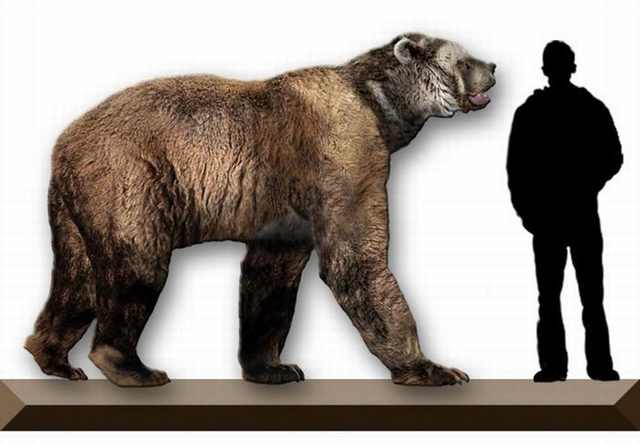 |
|
Megalodon - An extinct species of shark that lived approximately 28 to 1.5 million years ago, and regarded as one of the largest and most powerful predators in vertebrate history, and likely had a profound impact on the structure of marine communities. Fossil remains suggest that this giant shark reached a maximum length of 14–18 meters (46–59 ft), and also affirm that it had a cosmopolitan distribution. Scientists suggest that the Megalodon looked like a stockier version of the great white shark.
|
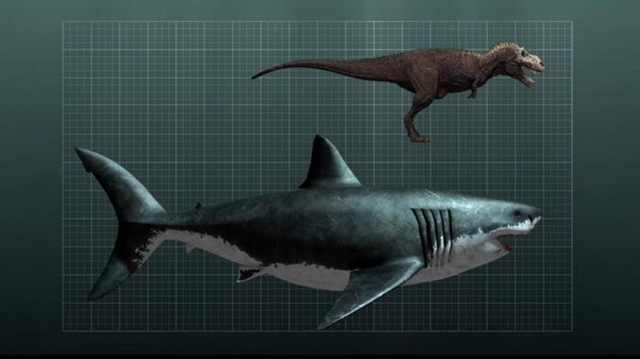 |
|
Amphicoelias - A genus of herbivorous sauropod dinosaur that includes what may be the largest dinosaur ever discovered, A. Fragillimus. Based on surviving descriptions of a single fossil bone, A. Fragillimus may have been the longest known vertebrate at 40 to 60 meters (130 to 200 ft) in length, and may have had a mass of up to 122 tons (135 short tons). However, because the only fossil remains were lost at some point after being studied and described in the 1870s, evidence survives only in drawings and field notes. |
 |
|
The Haast's Eagle - An extinct species of eagle that once lived in the South Island of New Zealand, commonly accepted to be the Pouakai of Maori legend. The largest eagle known to have existed -Haast's eagles were the largest known true raptors. Most estimates place the Haast eagles in the range of 10–15 kg (22–33 lb). They had a relatively short wingspan for their size. It is estimated that the wings typically spanned up to 2.6-3 m (8.5-9.8 ft. This eagle's massive size may have been an evolutionary response to the size of its prey, as both would have been much smaller when they first came to the island, and would have grown larger over time due to lack of competition. Haast's eagle became extinct around 1400BCE, when its major food source, the moa, were hunted to extinction by Maori, and much of its dense-forest habitat was cleared by them. |
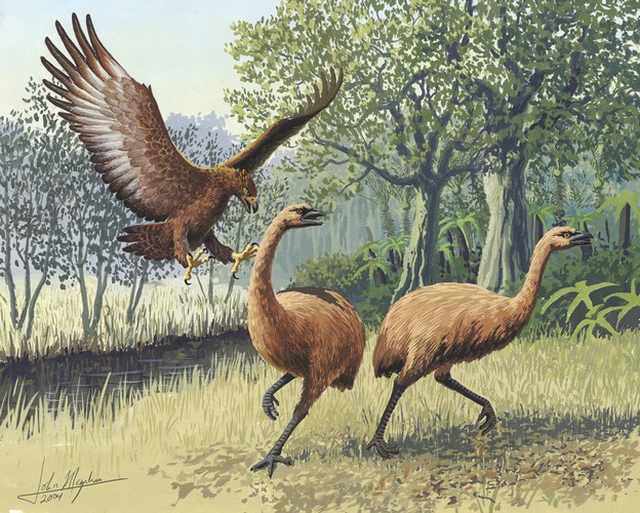 |
|
Brontornis - these huge, flightless predators, which dominated South America from about 65 million to 2.5 million years ago, lived in Patagonia. Nicknamed "Terror Birds" for their large size and predatory lifestyle, Brontornis was the second tallest species of phorusrhacid, with a height of around 2.8 m (9.2 ft) and the heaviest species of phorusrhacid with an estimated weight of 350–400 kg (770–880 lb), making it the most massive land predator of its time and place. Due to its bulk, it probably had a lifestyle between an ambush predator and one that actively chased prey, pouncing on the latter from a hideout and bringing it down by sheer force of attack after a short chase. It most likely was the dominant carnivore of Miocene Patagonia, being able to kill large animals. |
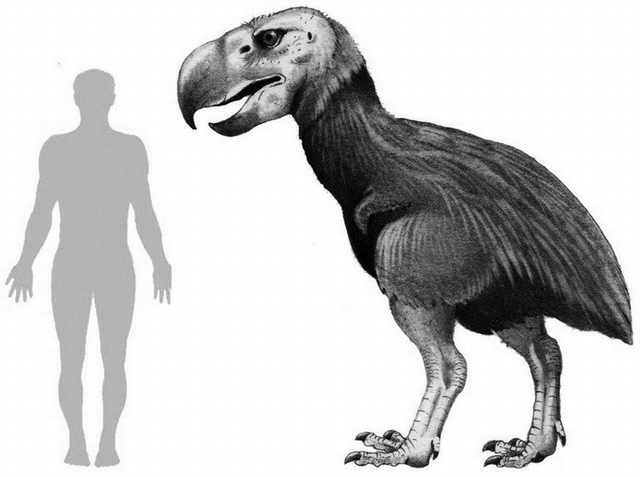 |
|
Sarcosuchus - An extinct genus and distant relative of the crocodile that lived 112 million years ago. It dates from the early Cretaceous Period of what is now Africa and South America and is one of the largest crocodile-like reptiles that ever lived. It was almost twice as long as the modern saltwater crocodile and weighed up to 8 tons. |
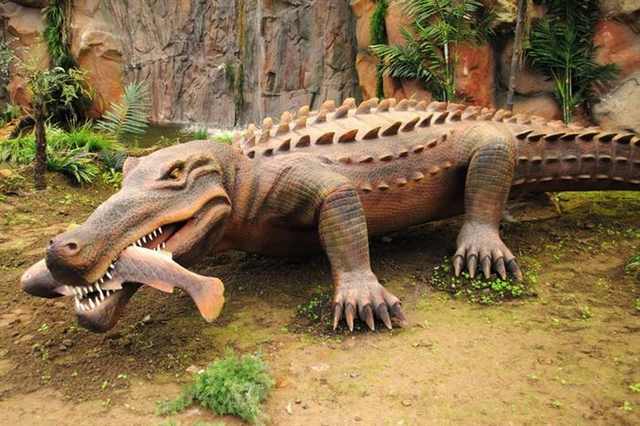 |
|
Spinosaurus - A genus of theropod dinosaur which lived in what is now North Africa, about 112 to 97 million years ago. Spinosaurus may be the largest of all known carnivorous dinosaurs, possibly larger than Tyrannosaurus and Giganotosaurus. Estimates suggest that it was 12.6 to 18 meters (41 to 59 ft) in length and 7 to 20.9 tons (7.7 to 23.0 short tons) in weight.
|
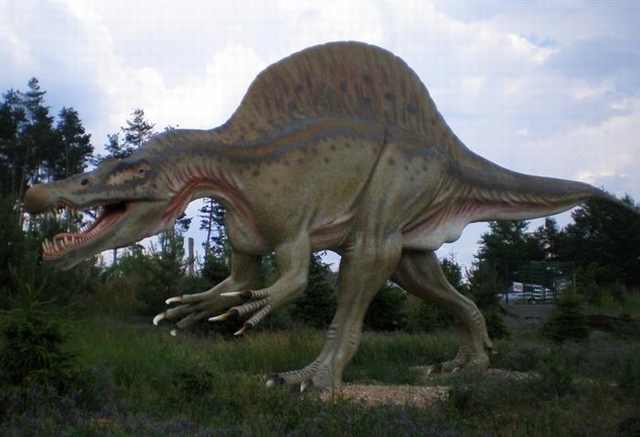 |